When is a derivative work original and thus protectable by copyright? Classicist’s critical edition makes its way to Luxembourg in fresh Romanian CJEU referral
The IPKat
JANUARY 17, 2024
Unlike the Swedish and German referrals, the Romanian one has not been made in the context of a dispute concerning works of applied art (which is refreshing), but rather in relation to the protectability of a critical edition of a work. Translated into copyright language: a critical edition is an example of derivative work.

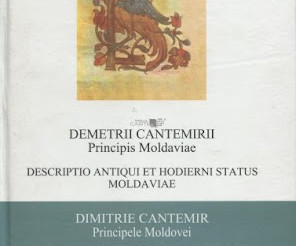
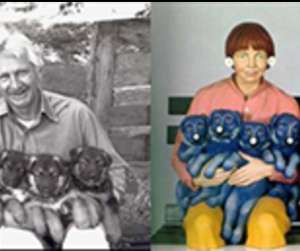
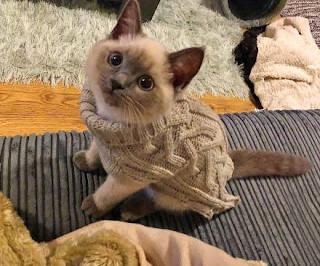

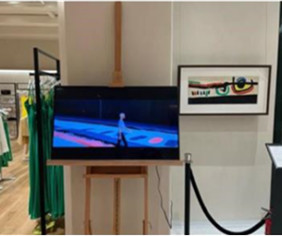

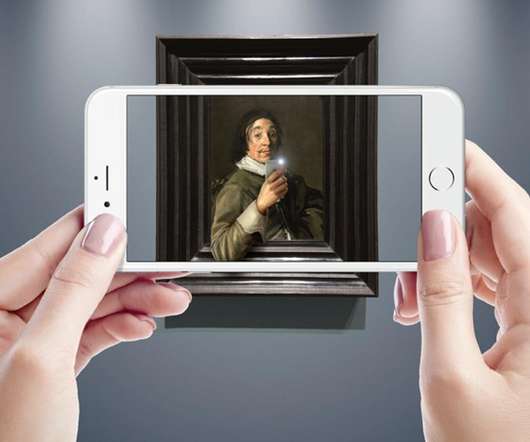




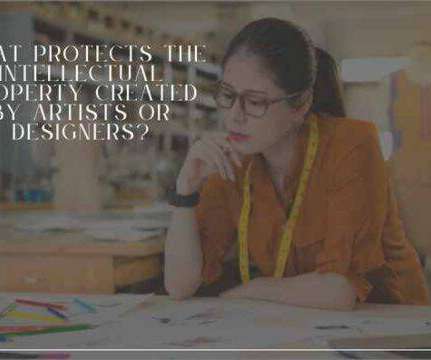
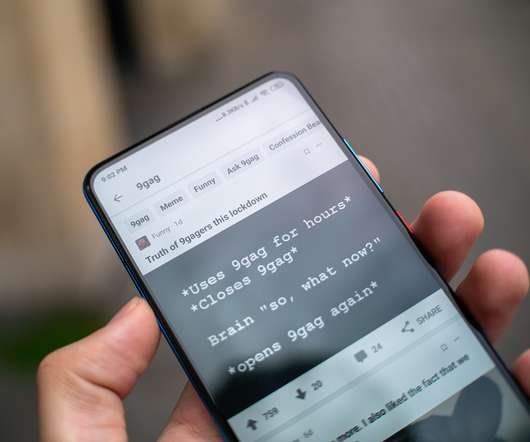

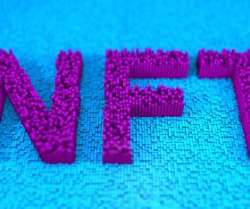






Let's personalize your content